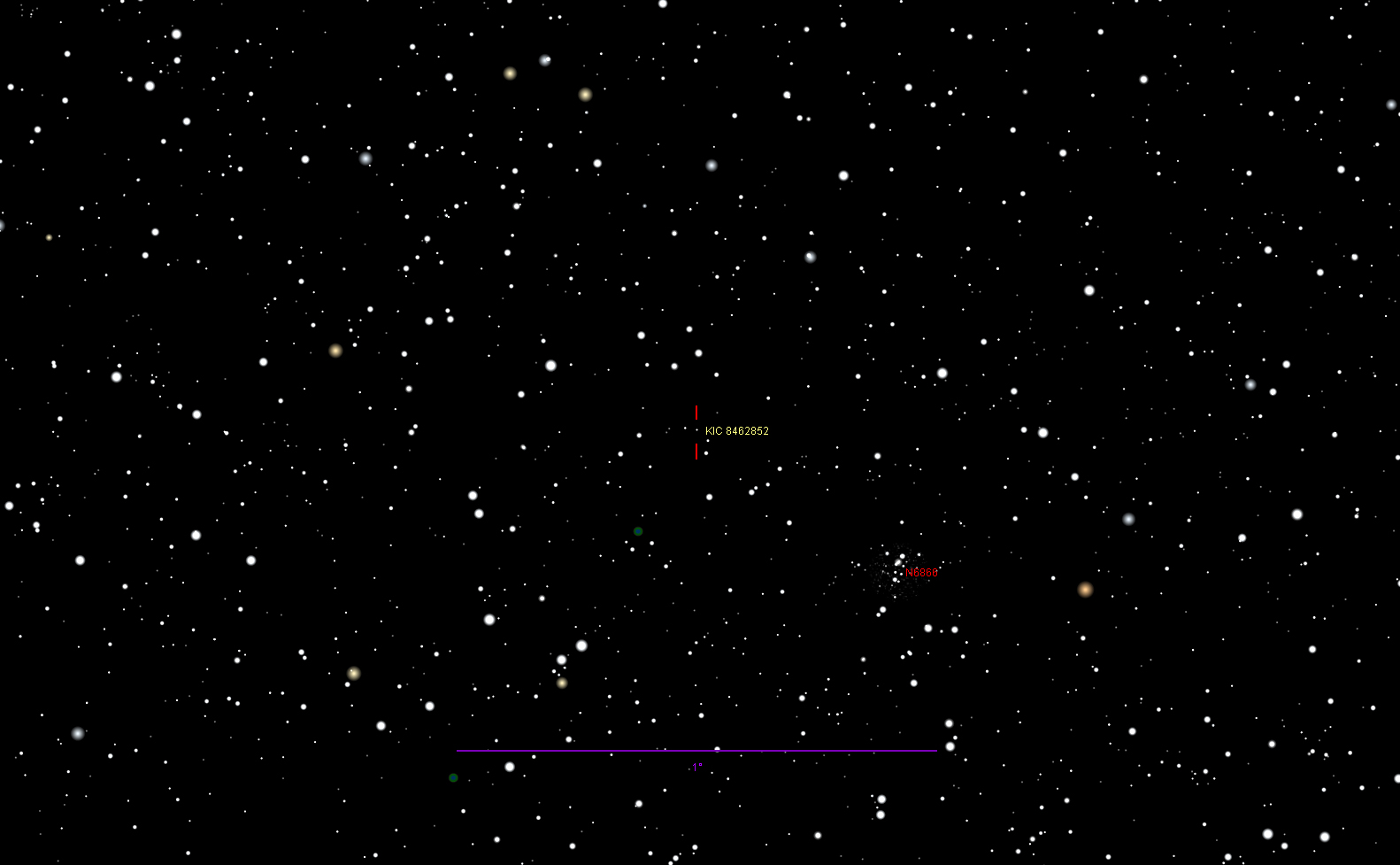Astronomers have proposed a new theory for KIC 8462852, also known as Tabby’s star, whose behavior has not been fully understood due to conflicting theories.
The key issue is that the star’s luminescence is sometimes too dim for a star of its age. Scientists have proposed that it is due to it being surrounded by a cloud of cosmic dust, or nearby passing comets that have become trapped due to the star’s gravitation. Others have proposed that orbiting alien structures caused the difference in the light spectrum, but now it has been suggested that Tabby’s star may have engulfed a planet and is now suffering from indigestion.

The secret behind Tabby’s star
Back in 2015, Yale astronomer Tabetha Boyajian focused on KIC 8462852, a star located in the constellation Cygnus, about 1,300 light years from Earth. It was initially discovered in an effort to find new planets, but researchers saw that it had an irregular pattern of changes in brightness.
To rule out any sign of intelligent extraterrestrial life, the Search for Extraterrestrial Intelligence Institute, or SETI, launched a radio reconnaissance mission focused on the star, but there was no evidence of an intelligent source of radio signals that emanated from it.

Tabby’s star cannot be seen by the naked eye, although it may be spotted with a 5-inch telescope with a clear night sky.
As it was being observed, researchers noted a dip in luminescence of 15 percent. As a mean of comparison, a 1 percent drop in brightness for a star similar to Tabby’s could only be caused by a planet the size of Jupiter.
Hypotheses suggest that the star is younger than what its position and relative speed make it out to be, implying that there is still material surrounding it. Subsequent observations determined that there were no clouds of material surrounding the star.
A hypothesis proposed by astronomer Jason Wright states that what surrounds the star might be a Dyson swarm, an alien megastructure that would capture the star’s light for using it as energy. Of course, this has not been proved yet.
Volatility in star brightness is unprecedented for astronomers, as it is proprietary of younger stars, while Tabby’s star is classified as a mature star. The most recent theory is that the star had collided with one or more planetary bodies less than 10,000 years ago.
The idea is that while it consumed a planet, Tabby’s star would shine brighter, but after the consumption was over, it would drop its brightness, which could potentially explain why does its luminescence vary with so much frequency.
“Following an initial suggestion by Wright & Sigurdsson, we propose that the secular dimming behavior is the result of the inspiral of a planetary body or bodies into KIC 8462852, which took place ~ 10-10^4 years ago (depending on the planet mass),” wrote the scientists from Columbia University and the University of California, Berkeley on a paper to be published Monday, January 16.
Source: RT

The media didn’t report it is part of the Northern Cross and near another star. That civilization would have been motivated to another planet with their technology. Extra points from god saying their is god!!!!